Tetra Pak’s Packaging Circularity Plan Centers on Lowering Carbon
The largest global food packaging company keeps its focus on renewable, low-carbon materials and sustainable machinery.
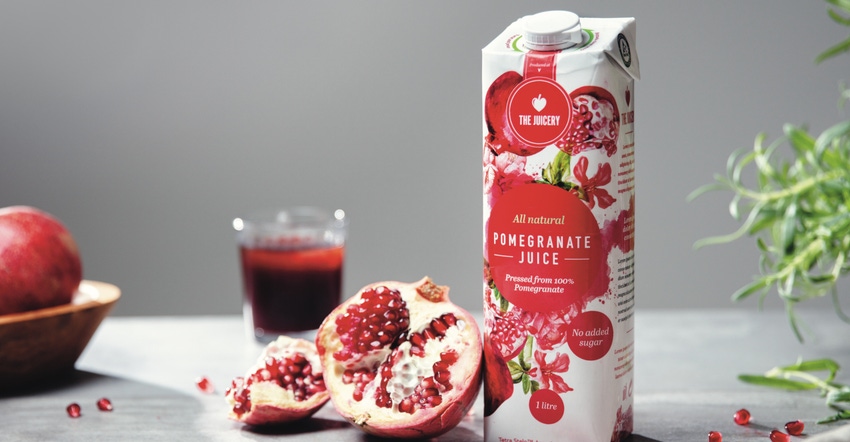
“This is not about a war on plastics. It’s about a war on carbon,” says Trewin Restorick, founder/CEO of Hubbub, a charity that collaborates with communities on campaigns that “inspire ways of living that are good for the environment.”
That’s an interesting take on sustainability today because, over the past several years, plastic packaging waste has become the poster child for what’s wrong with our consumption society and its wasteful actions.
Restorick made this comment during a webinar hosted by Reuters Events Sustainable Business in partnership with Tetra Pak on January 19, 2021. (Restorick also serves on Tetra Pak’s sustainability advisory board.)
At the beginning of the “Redesigning products through a circular lens” webinar, moderator Ms. Terry Slavin, editor-in-chief of Reuters Events Sustainable Business, acknowledges the current negative perception of plastics by many in society. And then she points out that, despite the emphasis on recycling because it is the most visible action for consumers, “We can’t recycle our way out of the plastics crisis.”
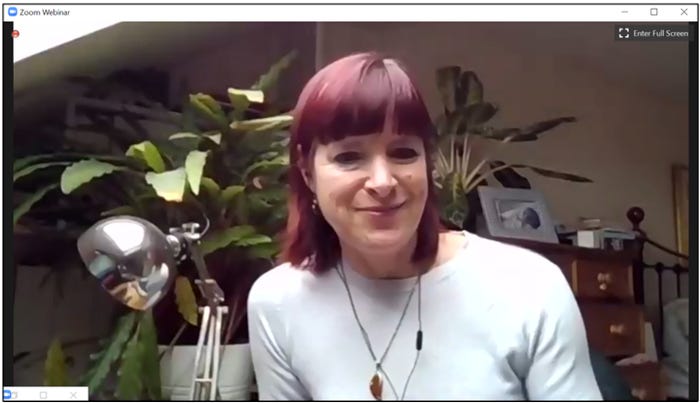
“We can’t recycle our way out of the plastics crisis.” — Terry Slavin, editor-in-chief, Reuters Events Sustainable Business
Restorick agrees. “Businesses and governments and others need to broaden the conversation,” he says, “so people understand this is more than just about recycling.”
So, what can companies do? Well, let’s look at what the largest food packaging company, Tetra Pak, is doing: Focusing on lowering carbon emissions to mitigate the company’s climate impact, which is the broader, underlying environmental issue.
What story do the numbers tell?
On its quest to become the world’s most sustainable packaging company, in June 2020, Tetra Pak set a new target: To achieve net zero carbon emissions in its own operations by 2030, on its way to reaching net zero carbon emissions across its value chain by 2050.
Like most sustainability journeys, this one takes it a step at a time. Initially, Tetra Pak had decided to cap its 2020 emissions at the level it was in 2010, even though the company has grown more than 15% during that decade. The result? Tetra Pak actually reduced emissions by 11% over those years.
Lars Holmquist, webinar speaker and Tetra Pak’s evp for Packaging Solutions & Commercial Operations, says this proves that “decoupling growth and climate impact is, indeed, possible.”
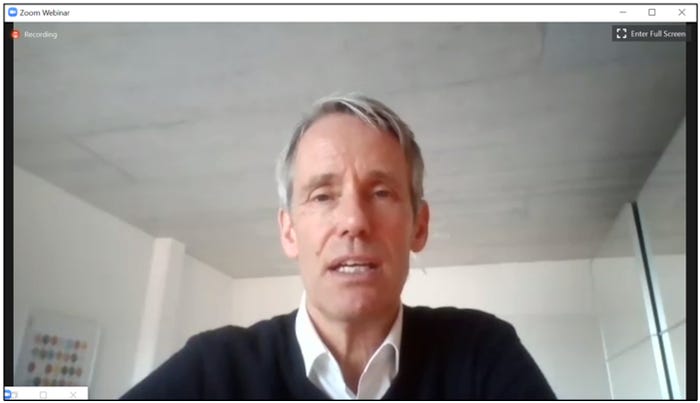
Tetra Pak expects to reach its 2030 goal of net zero carbon emissions through a four-pronged strategy:
1. Lower energy-related emissions through energy conservation and improvement in energy efficiency. Tetra Pak is currently on track to meet the 2030 goal of using 100% renewable energy, according to Holmquist.
2. Establish partnerships with suppliers and other stakeholders to identify ways to significantly reduce the carbon footprint, and act on them. “[Partnerships are] critical,” says Holmquist. “We cannot do this on our own.”
3. Accelerate development of low-carbon, circular packaging materials — identified as renewable, recyclable, or recycled-content — and equipment to assist customers in meeting their sustainability goals, while also helping to keep food products safe and reduce food waste.
For example, Tetra Pak is working to develop an all-fiber package, made of 100% renewable material, and eliminate the approximately 30% polyethylene and aluminum components that exist in the current package. (The other 70%, give or take, is fiber.) Another benefit of that future pack is that it will be recyclable through existing collection programs for cartons, including curbside.
In the meantime, Tetra Pak is also exploring bio-based and compostable polymers and, if proven to be a viable solution, will include it in the company’s pipeline.
4. Develop sustainable recycling value chains via collaboration with customers, waste management companies, recyclers, municipalities, non-governmental organizations (NGOs), and others.
The reality of fiber packaging.
What Tetra Pak isn’t doing, though, is looking at reusable packaging, which is getting more legitimacy with American consumers as businesses, such as the Loop circular shopping platform, thrive.
Holmquist isn’t rejecting it as an option per say, asserting that “anything a packaging company can do to reduce, rapidly, the impact that our packages have on the environment is the way to go.” But the company prefers to focus on (1) reducing carbon emissions overall, and (2) expanding renewable, recyclable, and recycled content that is responsibly sourced for two valid reasons:
“Reuse is not the main purpose of a fiber package …” says Holmquist, meaning paper doesn’t hold up in water/wash cycles.
“One important element is about food safety,” he asserts. “We need to make sure — and increasingly so after COVID because of the concerns consumers really do have on food safety in general — that the products we distribute are, indeed, always safe to consume ….”
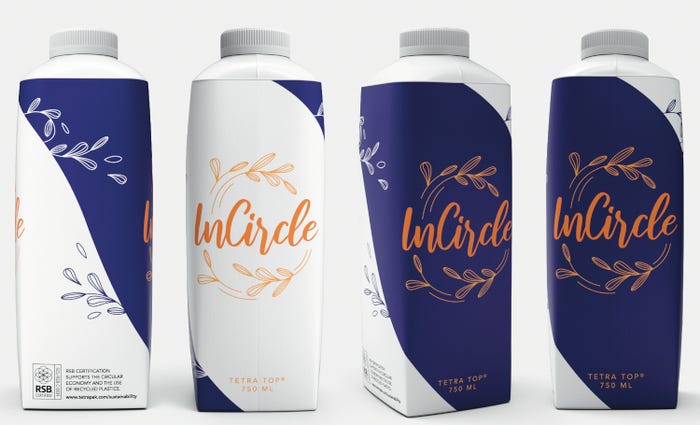
Measurement standards exist.
Regarding how it measures its carbon footprint, Tetra Pak adheres to the GHG Protocol, which Holmquist tells us is “widely acknowledged as the leading methodology for the management of greenhouse gas emissions.”
The Protocol requires Tetra Pak to report on emissions in three areas, or scopes:
• Scope 1: Direct emissions from its own operations, including fuel consumption and the use of solvents and refrigerants.
• Scope 2: Indirect emissions related to purchased electricity, heat, steam, or cooling.
• Scope 3: Indirect emissions in the company’s value chain from sources not owned or controlled by Tetra Pak.
Currently, most large global companies account and report on the emissions from their direct operations (Scopes 1 and 2). However, Tetra Pak claims that emissions along the value chain often represent a company’s biggest greenhouse gas impacts. That’s why, in June 2020, Tetra Pak set a goal to achieve net zero emissions across the value chain by 2050 (Scope 3), with the intermediate goal of reaching net zero carbon emissions in its own operations by 2030.
For products, the company adheres to The International Organization for Standardization, specifically ISO 14044 “Environmental management — Life cycle assessment — Requirements and guidelines” and ISO 14067 “Greenhouse gases — Carbon footprint of products — Requirements and guidelines for quantification.”
Tetra Pak reports on its GHG emissions according to the GHG Protocol principles through its website, its Sustainability Report, and in the annual CDP Supply Chain Climate Program.
What does the sustainable packaging community think?
The Q&A portion of the well-attended webinar reveals the burning thoughts, concerns, and challenges other people have who are responsible for packaging sustainability.
One participant asked, “There is the need to get the message out about packaging and it needs to be simple. So why can’t we have a traffic light system for carbon?”
According to Holmquist, “In principle, a traffic light system seems useful. However, we need to take a holistic environmental approach to sustainability, rather than focusing on one specific element — such as packaging. Only by seeing circular economy models through a climate-lens will we decarbonize materials fast enough to protect our planet.”
Not all of the questions were answered during the webinar, but the questions themselves are still enlightening. Here is a spattering of other questions participants asked:
“How can we get the message across about plastic not being the devil and that there are circumstances where it is appropriate and beneficial to use??”
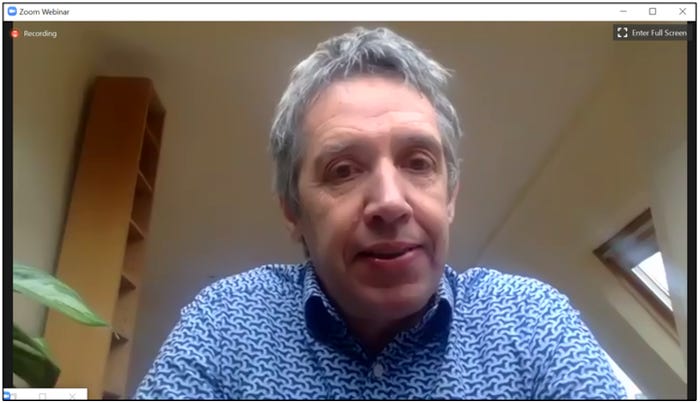
“Everything is, given enough time, biodegradable, so this is misleading. Look at the problem in China with biodegradable plastics, which are piling up because consumption doesn’t change and the time to biodegrade it is longer than what the industry can process. How can we change the message to focus on reduce and reuse to change behavior so that the industry can focus on environmental and CO2 neutral packaging?”
“When do we move to regenerative packaging and products?”
“Ahead of mass market biodegradability / compostability being the ‘norm’ potentially in years to come, do you think there is a place for local authorities / consumer representation to engage with brands / private label organisations (sic) at the product design stage to enable greater transparency across the supply chain?”
Takeaways from a global packaging manufacturer and supplier.
To me, the main takeaways from Tetra Pak’s sustainability goals and tactics are:
• The ultimate goal is to minimize a company’s climate impact for the good of the planet.
• The best way to measure that impact is through carbon emissions.
• A global standard for measuring carbon emissions exists and that's what Tetra Pak uses.
• A company can cut carbon emissions even while growing its business.
• Packaging contributions for reducing carbon emissions include more than just using recyclable materials. Minimal, renewable, and responsibly sourced packaging materials, as well as recycled content, also count. Reusability should also be considered, if the packaging material allows for it.
• It shouldn’t be a war against plastic packaging, or any other single packaging material, design, or process.
• Progress on reaching a sustainability goal can/should be incremental.
“As most of the global greenhouse gas emissions are either directly or indirectly influenced by the corporate sector,” says Holmquist, “companies have a clear role to play in protecting climate and ensuring that the transition to a low-carbon circular economy is smooth and prosperous.”
About the Author(s)
You May Also Like




